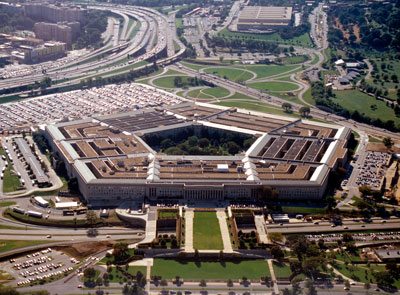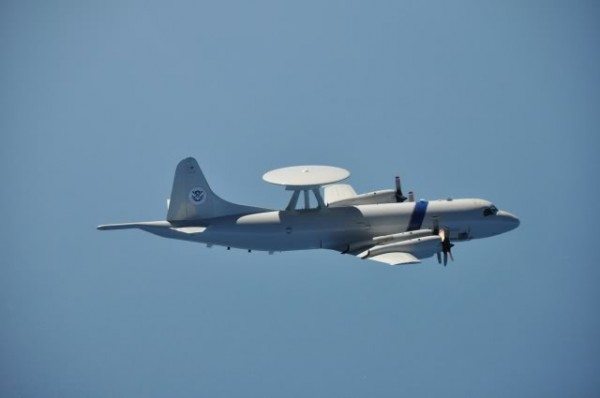It is generally agreed that the additional cuts to the defense budget required by sequestration will do more than just hurt the military; they will require significant force posture changes and, according to senior Department of Defense (DoD) officials, a new defense strategy. This should come as no surprise. The first round of cuts imposed by the 2011 Budget Control Act necessitated a new defense strategy. This strategy sought to tailor missions to a force structure that could be sustained by then projected budgets. So it is logical that with sequestration imposing a second round of budget cuts equal in size to the first, the old strategy, to use “defense speak,” will be unexecutable.
The Pentagon’s response to sequestration — and to the prospects of a year-long Continuing Resolution (CR) — is a case study in dumb downsizing. This is not DoD’s fault. The department is a victim here of bad laws. The CR imposes restrictions on transfers of funds within the defense budget as well as limits on important contracting actions such as multi-year funding for the V-22 Osprey and the next batch buy of Virginia-class SSNs. Unless corrected, which the House-passed defense budget proposes to do, the CR will undermine military readiness and even increase defense costs more than will be saved by adhering to a lower defense budget top line.
Sequestration has been correctly characterized as a meat ax approach. This is putting it mildly. The cuts will have to be absorbed in the remaining seven months of the 2013 fiscal year. This will blow a hole in the FY 2013 budget and associated plans and programs. It also means that a new defense strategy will have to be designed post-facto, after budget cuts have been imposed and force structure reductions begun.
A sequestration-driven strategy is unlikely to bear any relationship to one that is based in this country’s global leadership role, its worldwide set of interests, allies and friends or the evolving threat to U.S. security. The effort to reduce the budget deficit on the back of the nation’s military comes at a time when threats to the world’s peace are growing. North Korea speaks of nuclear preemption. Iran continues to build its nuclear capabilities. China just announced another ten percent increase in its official defense budget. Like the proverbial “perfect storm,” the strategic intersection of these two trends, a declining U.S. military and the rise of more capable adversaries, is likely to be in a series of military crises and even wars. As a consequence, as with prior efforts over the last 60-plus years to squeeze a peace dividend from the defense budget, this one too is likely to end in a need to reverse course and restore U.S. military power.
The 2012 Defense Strategy identified reversibility as a key concept. Downsizing had to be accomplished in a way that allowed for the possibility of reversing the process and rebuilding U.S. forces. This is a similar idea to the concept of reconstitution proposed in 1992 by the Bush Administration. Unfortunately, the Bush era concept amounted to very little. As a result, when the Pentagon military had to respond to the need for larger and more capable forces after 9-11 it had to do virtually all of it from scratch.
This time, the draw down needs to be managed very carefully. The current force structure is aging, worn and, in some instances, obsolescent. The defense industrial base is a shadow of its former size. In most areas we are down already to as few as two producers. The number of design teams, experienced program managers and systems integrators in critical areas has already shrunk to the danger point. There are only a handful of major training facilities and test ranges as well as government-owned production facilities and depots.
If these critical skills, processes, production lines and facilities are not protected, there will not be the capability to reverse the downsizing when bad times reoccur. For example, if we do not build the next nuclear powered aircraft carrier (CVN), that pretty much guarantees that the skilled workforce and supply chain will disappear, never to be reconstituted. Even a significant delay in beginning the next CVN could have the same effect.
The Pentagon’s natural tendency in addressing the impacts of sequestration will be to focus primarily on maintaining current forces and supporting ongoing missions. It will be equally important to do the planning for the draw down so as to protect the capacity to reverse course. This means continual investment in the training base, test facilities and ranges and critical elements of the defense industrial base.











